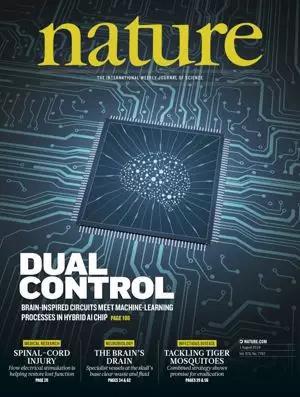There are two main approaches to developing artificial general intelligence. One is rooted in neuroscience, and attempts to construct circuits that closely mimic the brain. The other is grounded in computer science, and uses computers to execute machine-learning algorithms. In this week’s issue, Luping Shi and his colleagues reveal the Tianjic chip 天机芯 — an electronic chip that integrates the two approaches into one hybrid platform. The Tianjic chip has multiple functional cores that are readily reconfigurable, enabling it to accommodate both machine-learning algorithms and brain-inspired circuits. The researchers demonstrate the potential of this approach by incorporating one of their chips into a riderless autonomous bicycle, which can self-balance, is voice controllable and can detect and avoid obstacles, all as a result of the Tianjic chip’s simultaneous processing of versatile algorithms and models.


